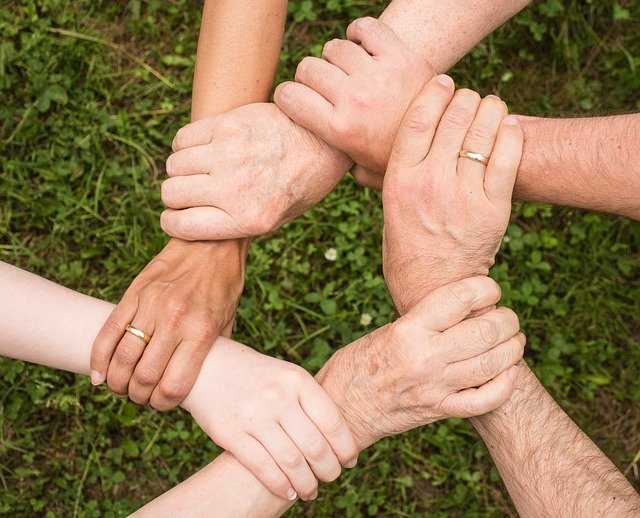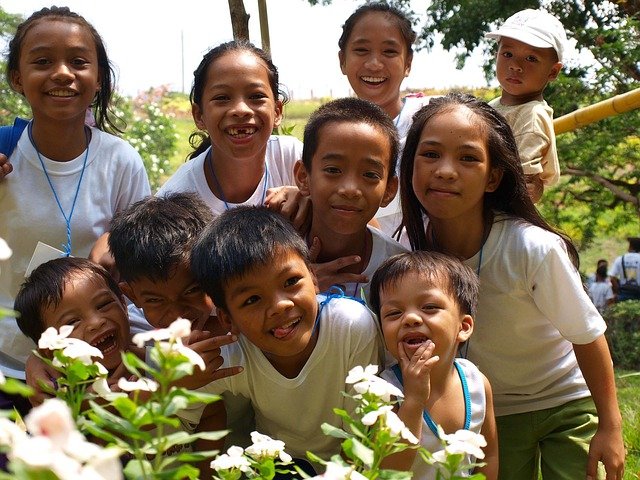Without delving into details, let’s jump straight to some of the most amazing facts about Filipino-American history. Read on:
The Filipino-Americans comprise the second largest Asian American group in America.
This also means that one in every five Asian-Americans is a Filipino! That’s quite a number.

The Philippines gained independence from Spain in 1898 and was then colonized by the United States.
The only country to be fully colonized by the United States was the Philippines. The United States colonized the Philippines in 1898. The Philippine American war which the Filipinos fought to keep their independence intact finally ended in 1913.
The Filipinos are also one of the fastest growing immigrant groups in America. There are around 1.8 million Filipinos who are foreign-born and have then immigrated to the United States. This also makes them the fourth largest immigration group in America.

The Filipinos love art and music, and that reflects – some of the topmost rappers, dancers and artists in the United States are Filipinos! We’ll take an example here – the B-Boys whom we all so love – they’re Filipinos!
It’s an amusing fact that the Filipinos were on American soil long before America was even founded. There are documents available that support the fact that Filipinos have been on American soil since 1587, whereas America was discovered in 1776.
Quite a considerable number of Filipinos (250,000) to be exact are veterans if World War II. They fought for the United States under their flag, only to have their status of veterans to be taken away from them by the US government.
Filipinos have unique experiences with racism as they are out rightly told that they don’t look “Asian enough” and would easily pass off as Mexicans.
Filipinos have a pan-religion base and are not associated with one particular religion. The Filipino-Americans identify with multiple religions.
The Filipinos were the stronghold behind the American Labour Movement, with their massive contribution to the United Farm Workers movement in the 1960s.

Apart from the American Labour Movement, the Filipinos have also rendered their support and contribution to various movements associated with the causes and issues of the Asian-American community too.
Since they’ve stepped on American soil, the Filipinos have been inter-marrying native Americans – which is why there a lot of biracial Americans in the United States right now.
While the Filipinos have launched so many movements to bring identity to their clan, 45% of the Filipinos don’t identify as Asian- to avoid racism.
A massive chunk of the entire Filipino-American population identifies themselves as biracial or multiracial.
October is celebrated as Filipino history month in America since 1988, and the US government finally gave this day recognition in the year 2009.







